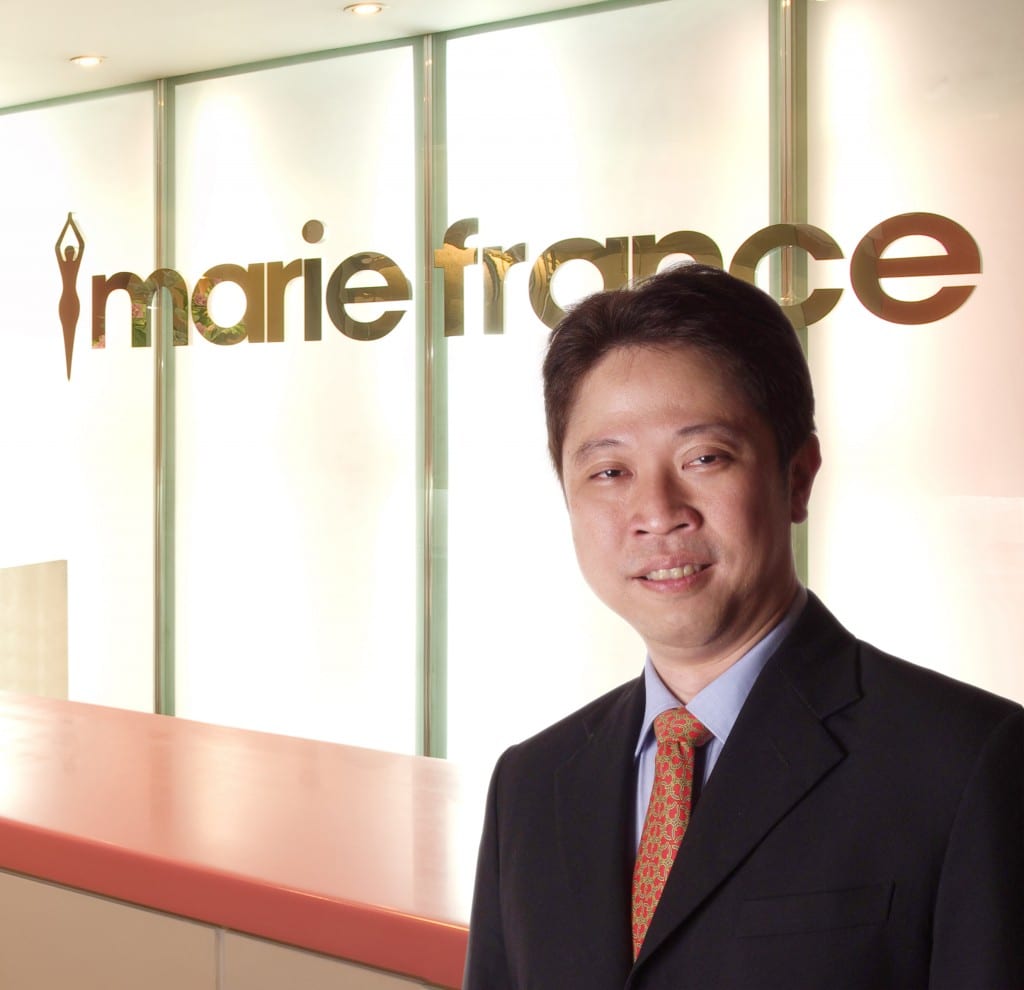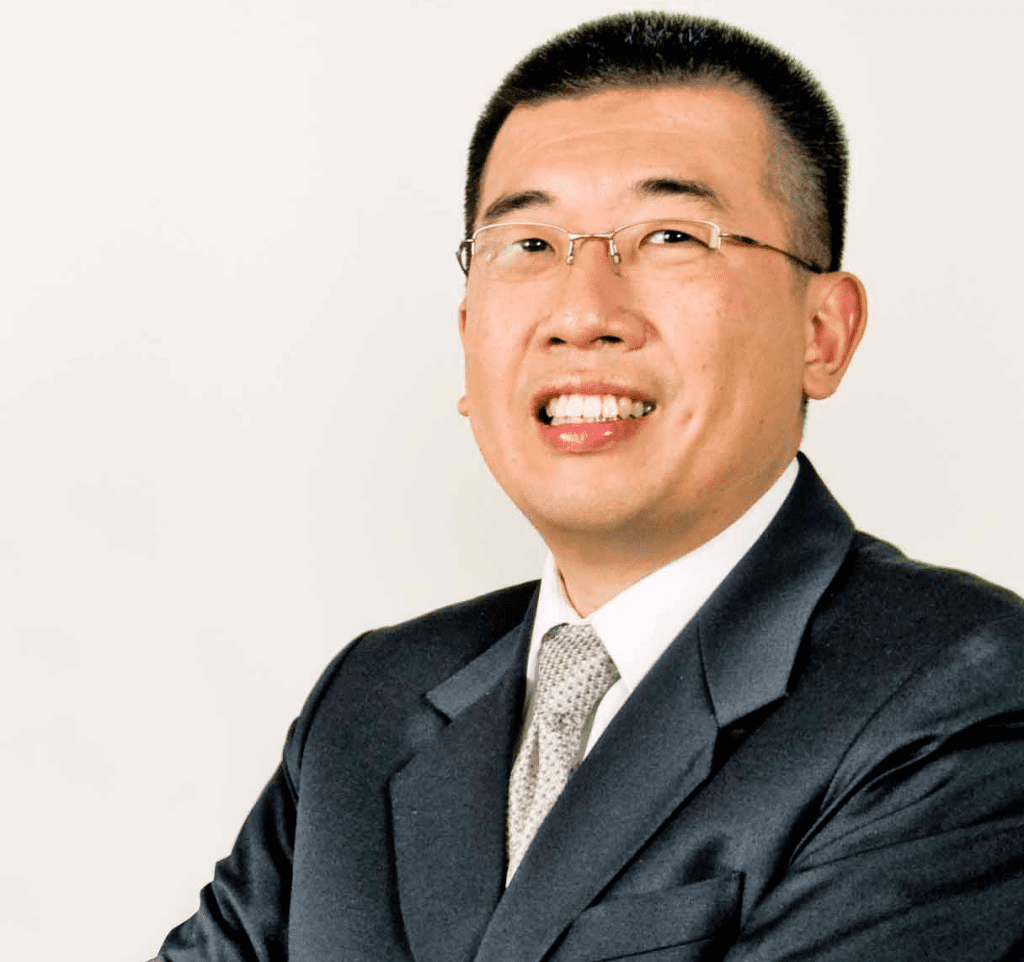
Q1: What were the more successful tools or techniques you employed that drove customers to Marie France?
Advertising is our mainstay and is a major driver for new trials. We closely monitor the statistics of responses versus the type of ads, here and internationally, and adjust to local trends, and often try to develop a trend. A successful ad slogan or approach or image drives new customers, and a string of successes builds the brand. So visual image and concise powerful slogans are a customer driver. Satisfaction with the service, and reminders of occasions to look good, keep old clients.
We maintain an image that makes it possible for the client to be proud to say she goes to Marie France, which we develop continually as a status symbol. The higher end of the Philippine clientele feels that this is the aspirational clinic to go to. Sister company “Facial Care Center” projects the same way, keeping clients within the family. The security in the brand and standards of behavior allow natural endorsement to daughters and sons and husbands.
A “reverse word of mouth” is exceptionally effective… that is, for example, when a client experiences the surprised notice of their friends of a reduced overhang of the arm or sides which has bothered them for years. We have specialty treatments that can evoke this from friends. Our main product is actually more “body sculpting” than weight loss, although the latter is also part of it and the more widely understood. Once experienced, the client understands what the treatments are about.
Q2: What are some of the trends in your industry and how do you stay current to know what women want?
The treatment and service trends tend to follow what technologies (e.g. lasers, computer aids, measuring systems) are developed abroad. The distribution and advertising modes can be local developments. We travel a lot and visit competition and related industries, read up on [relevant] literature and join conventions and exhibitions. There are also formal sessions and social activities where we listen to cross-sections of customers and operators.
Q3. Do you get most customers from lifetime membership or from those who join for a limited period? How do you balance these two segments for profit?
A limited period for us is a few months since we don’t sell individual treatments, only programs. If customers drop out, because of locational or personal reasons or some occasional technical issue, they usually will come back when they are ready and sometimes when we have adjusted something. This is because our value proposition is aimed at those who want the best technologies and training, often better that the international clinics, at a fraction of the cost. Because of this positioning there are large markets we cannot serve, at least for this current brand. Most of our customers tend to stay with us for a long time, and pass on their family members to us, likely for the rest of their years, but not based on a membership system, although this may be studies.


